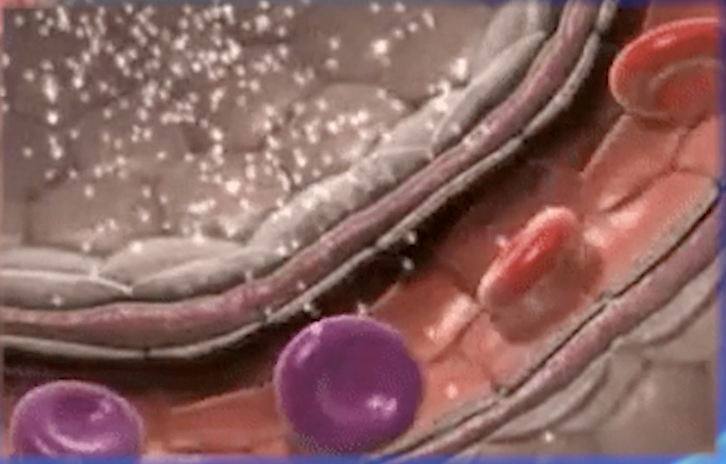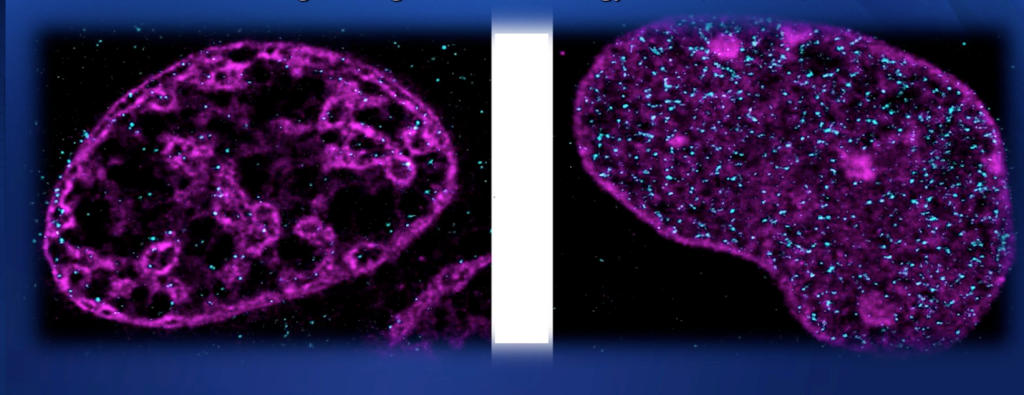Breath: No being, creature, plant or animal can live without air. Breath is our life force. We can live without food for weeks, without water for days, but hardly a minute without taking a breath. When we are born, the first thing we do is breathe, inhale, and at the end of our lives, the last thing we do is exhale, our last breath. Life is what happens between the first inhalation and the last exhalation.
Control Your Breath, Control Your Mood
Breath: Regulates the vagus nerve
- Inhale: Sympathetic (stress response)
- Exhale: Parasympathetic (relaxation response)
The power of the breath is incredible. In fact, we can even use it to reset our whole nervous system. The Vagus Nerve Reset Protocol is a powerful tool for this.
The Language of the Body
Breathing and self-regulation are things we do constantly but rarely think about. There are different ways to breathe, and breath is a non-verbal language to the body. You were breathing before you ever learned to speak. This is a language we learned as we came into this world; you were literally breathing fluid in your mother's womb, getting oxygen through liquid. When we came into this world, we took our first breath without that liquid, and that breath was a signal to your body to begin to function in very precise ways.
The breath is a nutrient that feeds every cell in the body. The way we consciously breathe matters. When you inhale, if you push your stomach out just a little bit—not forcefully, but gently—it allows your diaphragm to drop slightly. Your diaphragm, sitting just below your heart, fluctuates and sends information to the heart. The heart then informs the brain what chemicals to release into the body, all directed by the breath. A shallow breath sends one signal, perhaps indicating you're in fight-or-flight and need cortisol and adrenaline. Conversely, a deep, relaxing breath, known as the yogic breath, where you push your stomach out to allow the diaphragm to drop and fill your lungs with air, sends a very different signal. It shuts down the fight-or-flight response and allows your brain to send healing chemistry into your body.
Breath and Cellular Health
The nucleus in the cell benefits from the oxygen we are taking in. The image below shows how little white oxygen molecules come in from the lungs, crossing the barriers of the capillaries. As you can see, the blood cells on the left are a purple-blue color because they are lacking oxygen. They then pick up the white oxygen molecules, become red, and travel to the rest of the body, literally feeding your body through this oxygen from the breath.

But it goes deeper than this because the DNA in the nucleus of the cell benefits from the oxygen you are taking in. The double image below shows on the left the nucleus of a cell that is deprived of oxygen, and how the components of the DNA are clumping together in very specific ways.

The image on the right is when the same nucleus of the cell is oxygenated. This is a healthy nucleus where the DNA is no longer oxygen-deprived, so it can express fully. This is what we want; this is where healing begins, and it’s all done through breath.
Reset Your Nervous System
So, breath is more than just breath; it is feeding the code of life within every cell of your body and is informing that code as to how much it is able to express. Now we can use breath in a very precise way to reset the nervous system in the human body. Everybody is stressed because our world is changing. In the last couple of years, so many have lost a way of life, businesses, friends, and family. We have been stressed in ways we are not used to, and one of the ways to respond to that is through the nervous system. Breath is very powerful and can be used to regulate and reset that system.
The relaxation response comes from the parasympathetic nervous system, which we activate through the vagus cranial nerve. It goes from the base of your skull down through the back of your spine, all the way down your body, and it is the largest cranial nerve, branching off to many organs and glands. Each of these is an access point. If we want to reset the vagus nerve for stress, anxiety, panic, and strengthen our immune response and cognition, we can do so when we feel this stress. A very effective way to do this—we have all heard the expression "take a deep breath"—is more than that. The inhale triggers the sympathetic nervous system (stress response), and the exhale triggers the parasympathetic (relaxation response). The key is the ratio of your inhale to your exhale. Inhale for a count of 5 to 6, but when you exhale, make it for a longer period, for a count of 8 to 9. This will trigger the relaxation response. Practice gentle yogic breathing: inhale through your nose and when you exhale, narrow the opening of your mouth as if you are blowing through a straw, so it takes a little bit longer. When you focus on your body, you begin to see the shift very, very quickly.
The world is changing, our story has to change, and our ability to self-regulate our biology in the presence of a changing world is foundational to our ability to thrive in our times of extremes.
The Choice for Self-Regulation
Something as simple as shifting the ratio of your breath can fundamentally impact your health and wellbeing. It’s only one example of how we self-regulate what is known as our soft technology. We have the ability to awaken this soft technology within us. We can use external technology when we choose, but not feel lost without it, because this is where our power and mastery come from.
The question that we're really asking ourselves is: Do we love ourselves enough to embrace the deepest truth of our existence in our everyday lives?
Do we love ourselves enough to think in our minds and live in our lives what the new human story reveals? We answer this question in the choices we make each moment of every day.